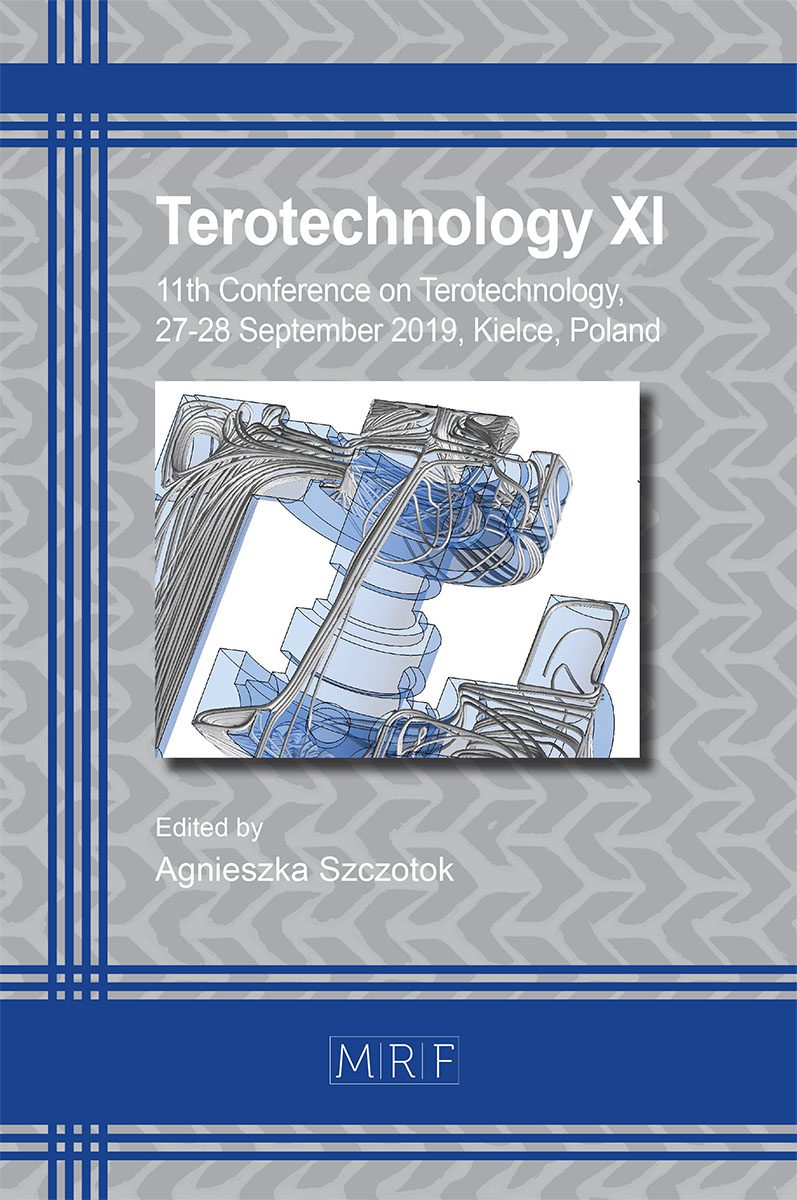A Concept of Virtual Reality in Military Camouflage Application
Wojciech PRZYBYŁ, Ireneusz PLEBANKIEWICZ and Adam JANUSZKO
download PDFAbstract: Camouflage, and in particular one of its forms – military camouflage – is the basic form of protecting friendly forces against the enemy. The article presents the concept of a virtual method, which, based on a photographic simulation for various sceneries and seasons, would allow for testing of camouflaging efficiency in laboratory conditions. The method of image acquisition and attributes which should characterize those images in order for them to be used in photographic simulation was discussed. Furthermore, parameters necessary for a correct visual synchronization of the camouflage patterns applied on objects with the images were presented. Attention was paid to the capabilities and limitations of human vision in the context of military reconnaissance. Methods ensuring colour fidelity during image processing were included, as was selected information on camouflage itself and design of camouflage patterns. The test workstation and the required parameters of the equipment used to conduct camouflaging effectiveness studied in virtual environment were described, and a general algorithm for the virtual method of camouflaging effectiveness assessment, as well as the method of calculating this evaluations were proposed. The method was tested on the example of a Leopard 2A4 main battle tank with a newly-designed camouflage pattern dedicated to autumnal deciduous forest of Central Europe.
Keywords
Military, Camouflage, Image Processing
Published online , 8 pages
Copyright © 2020 by the author(s)
Published under license by Materials Research Forum LLC., Millersville PA, USA
Citation: Wojciech PRZYBYŁ, Ireneusz PLEBANKIEWICZ and Adam JANUSZKO, A Concept of Virtual Reality in Military Camouflage Application, Materials Research Proceedings, Vol. 17, pp 86-93, 2020
DOI: https://doi.org/10.21741/9781644901038-13
The article was published as article 13 of the book Terotechnology XI
![]() Content from this work may be used under the terms of the Creative Commons Attribution 3.0 licence. Any further distribution of this work must maintain attribution to the author(s) and the title of the work, journal citation and DOI.
Content from this work may be used under the terms of the Creative Commons Attribution 3.0 licence. Any further distribution of this work must maintain attribution to the author(s) and the title of the work, journal citation and DOI.
References
[1] NATO RTO, Guidelines for Camouflage Assessment Using Observers (RTO-AG-SCI-095), NATO RTO (2006)
[2] M. Dojlitko, Teoria dekonstrukcji komunikatu wizualnego. Narzędzia projektowania kamuflażu militarnego, Gdańsk, ASP w Gdańsku, 2015.
[3] M. Laprus (ed.), Leksykon wiedzy wojskowej, MON, Warszawa, 1979.
[4] G. Thayer, A. Thayer, Concealing-Coloration in the Animal Kingdom, The Macmilan Co, New York, 1909.
[5] The Naval Historical Center, https://history.navy.mil/our-collections/photography/numerical-list-of-images/nhhc-series/nh-series/NH-53000/NH-53548.html, (accessed on 2019.11.13).
[6] P. Francuz, Imagia, W kierunku neurokognitywnej teorii obrazu, Lublin, Wyd. KUL, 2013.
[7] D. M. Dacey, Parallel pathways for spectral coding in primate retina. Annual Review of Neuroscience 23 (2000) 743-775. https://doi.org/10.1146/annurev.neuro.23.1.743
[8] M. Wykowska, Ergonomia, Kraków, AGH, 1994.
[9] B. Fraser, C. Murphy, F. Bunting, Real World Color Management, 2nd Ed., Peachpit Press, San Francisco, 2004.
[10] Turbosquid, https://www.turbosquid.com/pl/3d-models/polish-leopard-2a4—3d-c4d/619862, (accessed on 2019.11.13).
[11] Polska Norma Obronna NO-80-A200, Farby specjalne do malowania maskującego. Wymagania i metody badań (2014).
[12] Krausss-Maffei Wegmann GmbH & Co, https://www.kmweg.com/home/tracked-vehicles/main-battle-tanks/leopard-2-a4/product-specification.html, (accessed on 2019.11.13)












